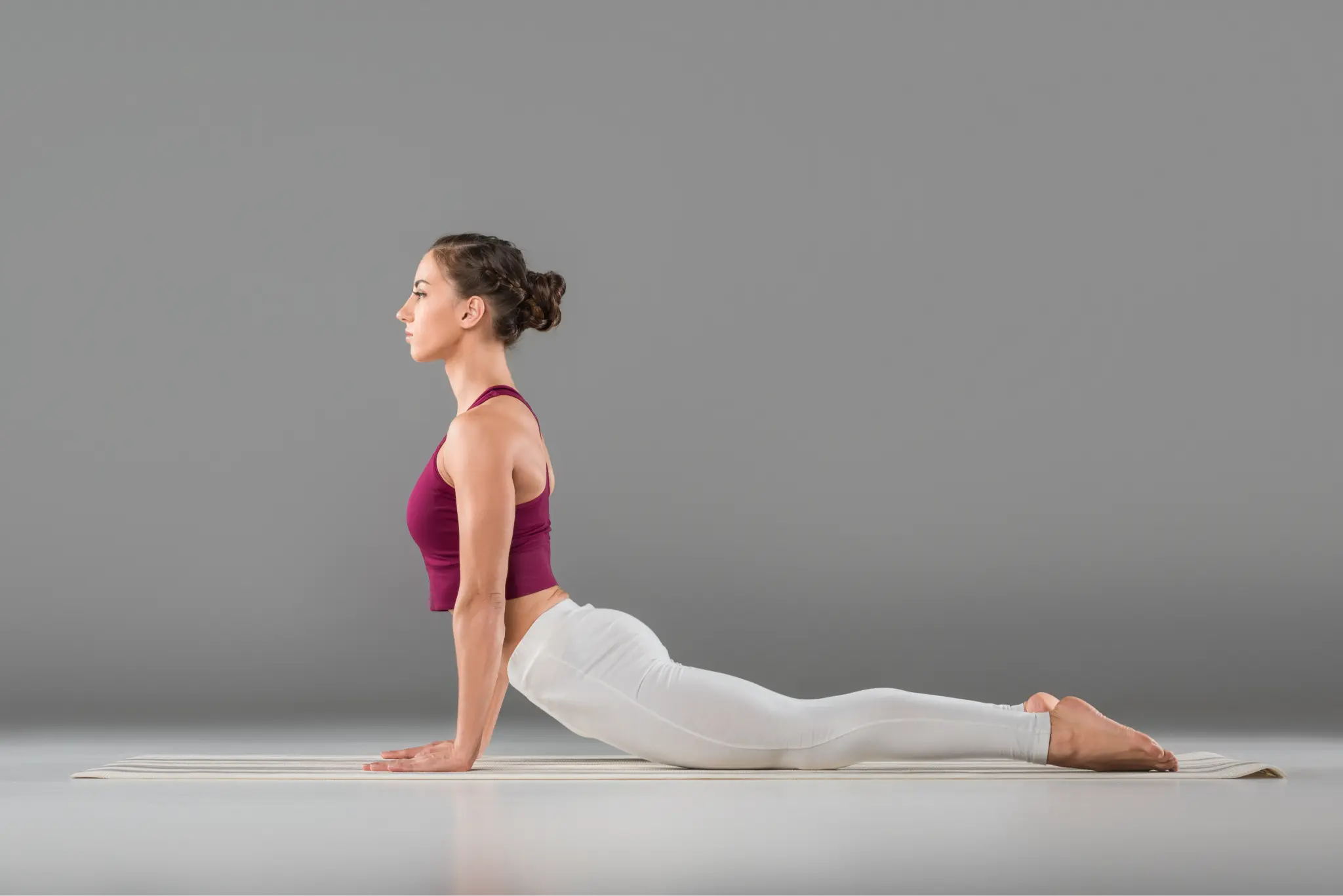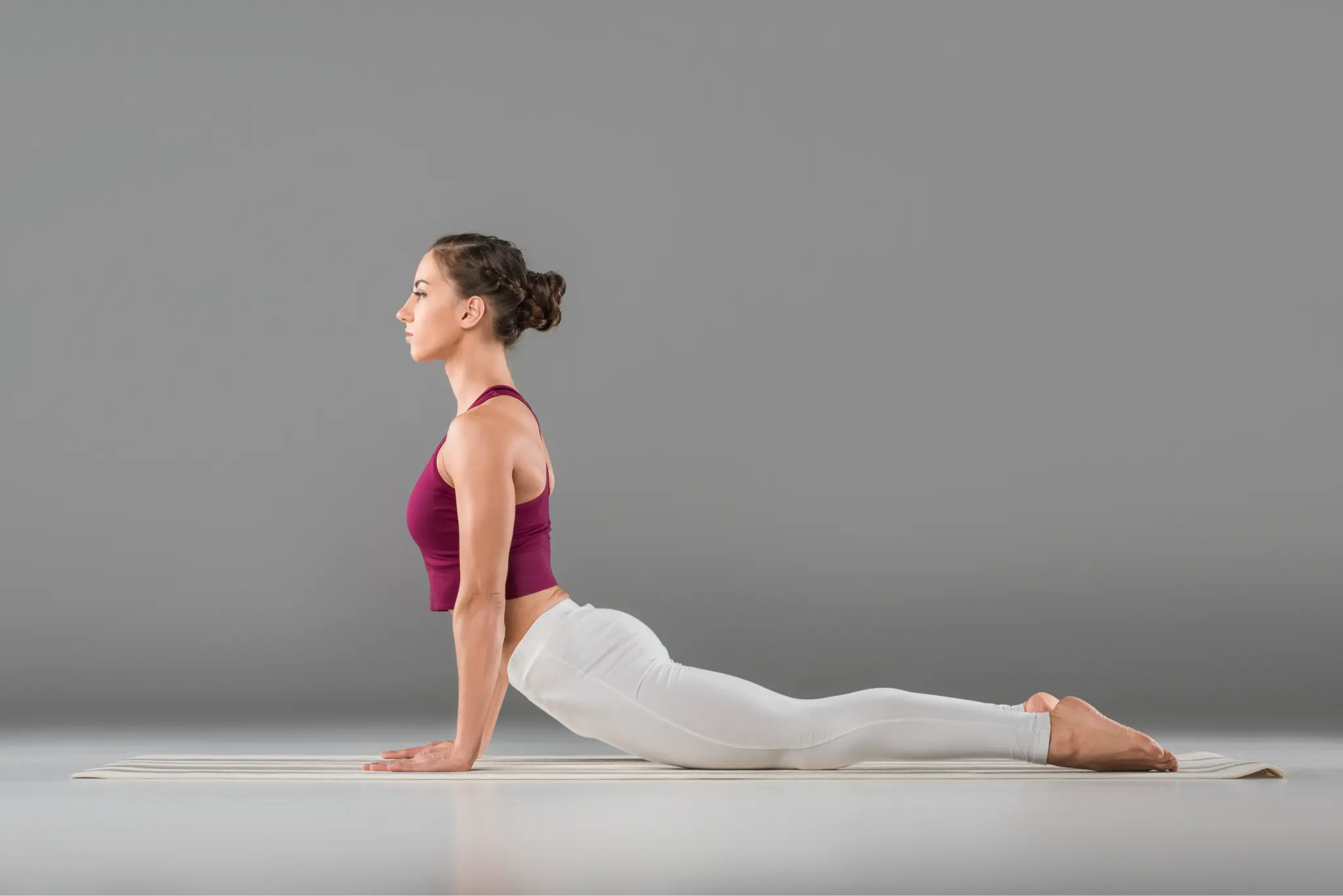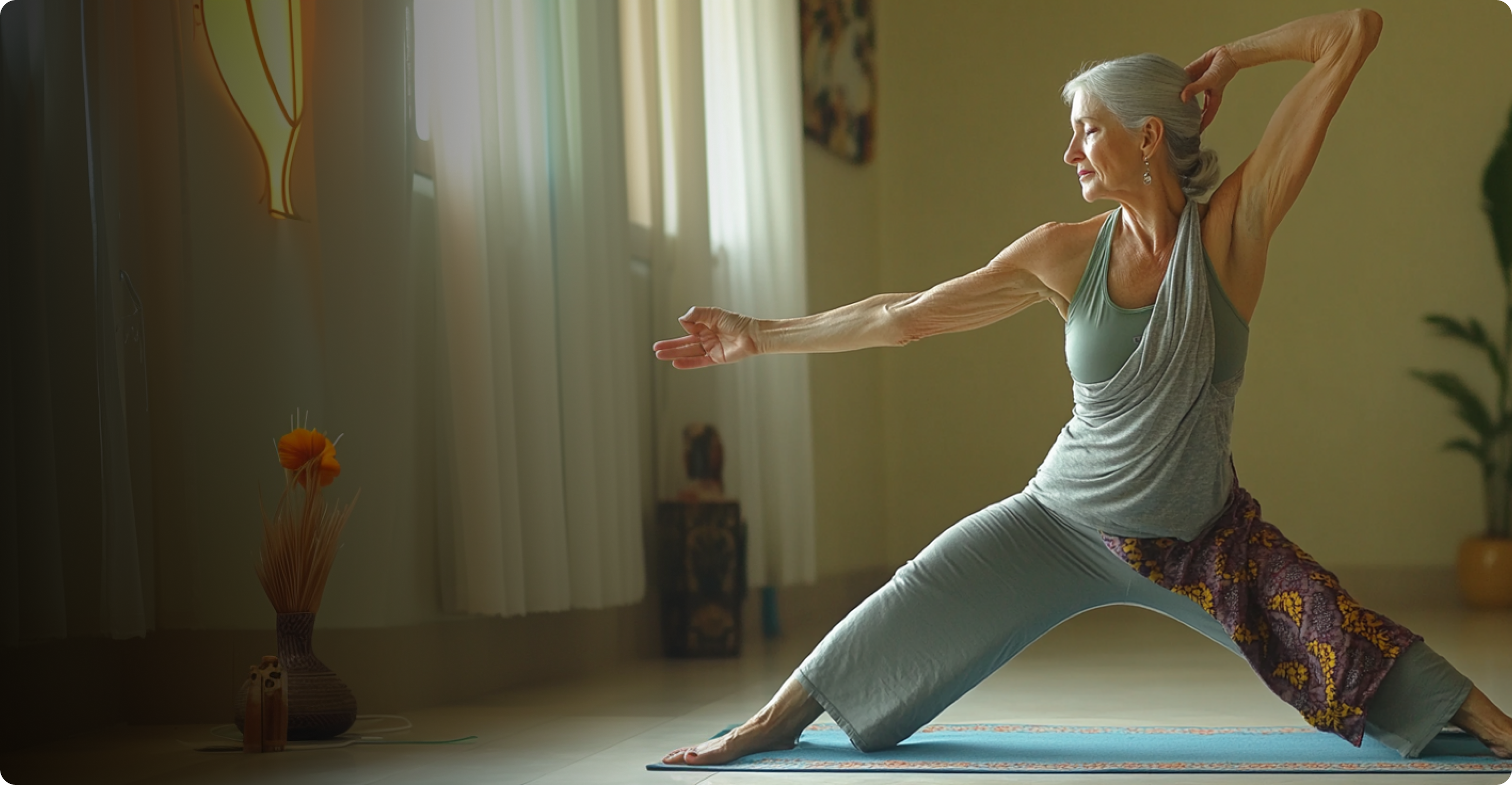Yoga for Arthritis
Gentle Relief: Yoga for Managing Arthritis Pain and Stiffness
Slow and controlled asana practice can be helpful for arthritis, even if movement is challenging. By performing these yogic movements, you can improve blood circulation in your joints and limbs, enhance mobility and flexibility, and strengthen your muscles. Yoga offers meaningful and enjoyable health benefits as an alternative to traditional exercise like aerobics or aquatic workouts. The practice of yoga is significant in alleviating stress and frustration associated with pain and disability, as well as promoting positive feelings and wellbeing. Experts suggest that including Yoga asanas in your routine can have a profound impact on your flexibility and provide relief.
66e1581ed54cd.jpg)
Tadasana
Your feet should be positioned hip-distance apart or closer, with your toes and knees facing forward. To achieve proper alignment, ensure that your shoulders are relaxed and directly above your hips. Lengthen your spine so that the top of your head is lifted upwards, and allow your arms to rest comfortably at your sides. Locate a central point at eye level and let your breath deepen. Make sure that the weight is evenly spread from the front to the back of both feet. Assume this position for grounding, calming your mind, or resetting your day.

Virabhadrasana I
Start by standing in Mountain Pose, using a chair to maintain balance. Move one foot back a few feet and angle the toes of your back foot slightly outward, while maintaining square hips facing forward. Make sure the front knee doesn’t go beyond the ankle as you lunge. Make sure your shoulders stay aligned with your hips and keep your gaze forward. For stability, you can bring your hands to your hips, shoulders, or up overhead. If you prefer, you can keep one hand on the chair for safety. Inhale deeply five times and then switch to the opposite side.
66dfd39bee6e6.jpg)
Adho Mukha Svanasana with Chair
Assume the Mountain Pose position while standing behind a chair with the chair’s back towards you. Hold onto the chair’s back and move backwards, using both feet. Maintain a long back and step back to a comfortable distance for your shoulders, with your hips reaching behind you. Make sure your heels stay grounded while keeping your knees relaxed or slightly bent. Take five breaths and then come back to Mountain Pose.

Vrikshasana
Take on the Mountain Pose stance, maintaining balance while holding onto the back of a chair with your left hand. Move your body’s weight to the left foot, while simultaneously bending the right knee and rotating the right hip to the side so that the knee points rightward. Raise your right foot until it reaches your ankle or lower leg. Extend your left hip to avoid leaning to that side. Identify a point of focus and extend your right arm upwards to a comfortable position for your shoulder. Test your balance by briefly removing your left hand from the chair. When you’re prepared, return to Mountain Pose and attempt it on the opposite side.

Trikonasana
To perform the stretch, stand with your feet spread wide and extend your right foot out at a 90-degree angle, ensuring that the leg closer to your torso remains in position. Keep your feet pressed down on the ground, maintaining a balanced weight distribution. As you inhale, bend your right arm to the ground and raise your left arm as you exhale. Make sure to maintain a straight waist as you bend your body sideways, avoiding any forward or backward movement. Take long, deep breaths while stretching as much as possible. Repeat the process on the other side.
